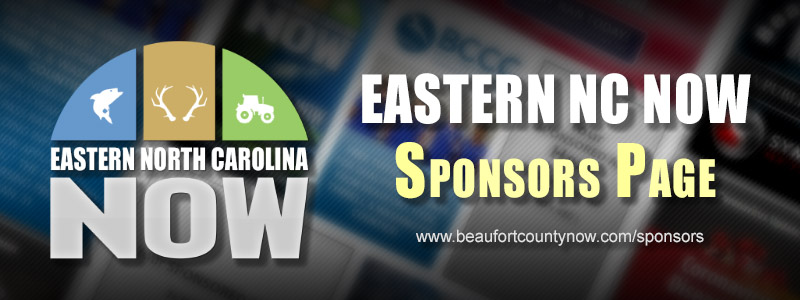Publisher's note: The author of this post is Dr. Terry Stoops, who is the Director of Education Studies for the John Locke Foundation.
DPI: Some NC schools have more FRL applicants than students
When folks talk about poverty in schools, they typically reference the number of students who receive a free or reduced price lunch (FRL), which means that I often need to consult FRL statistics
published annually by the N.C. Department of Public Instruction (DPI). But reviewing last year's data reminded me that FRL statistics are not a terribly precise measure of the share of low-income students in public schools.
President Harry Truman signed the National School Lunch Act into law in 1946, but the program's reach began to widen starting in the mid 1960s as part of President Lyndon Johnson's Great Society reforms. Participation more than tripled and nominal expenditures increased eightfold between 1946 and 1970. As of FY 2012, an average of 31.6 million children every day received a meal courtesy of the $11.6 billion National School Lunch Program. This year, North Carolina will receive nearly $480 million in federal child nutrition grants for school lunch, milk, and school breakfast programs. This is serious money.
The National School Lunch Program is administered by the USDA and allows certain students to receive school lunches at no or little cost to them. To receive a free lunch, the annual household income where the child resides must not exceed the federal poverty level. A family of four must have an annual household income at or below $23,850. To receive a reduced price lunch, the household may earn up to 185% of the federal poverty level or less than $44,123 annually for a family of four.
For years, my colleagues at Carolina Journal
have documented serious concerns about FRL eligibility and fraud. Income and household size verification are inconsequential. According to the USDA's Eligibility Manual for School Meals, a random sample of up to 3 percent of FRL applications may be reviewed to verify eligibility. Districts may review even fewer if they limit their review to "error prone" applications. There are no apparent repercussions for parents who knowingly provide false information on their applications, other than a potential loss of the benefit.
On the other hand, there are multiple incentives for districts to sign up as many students as possible. Additional state and federal funds and assistance may flow to schools with higher percentages of students who receive a free or reduced price lunch. While there is no guarantee that high FRL schools will receive additional funds or assistance, schools with few FRL students have no chance of receiving supplementary resources.
Given lax verification standards and incentives to game the system, one could make the case that FRL is a poor way to determine the number of low-income students enrolled in a school or district. Surely, the statewide FRL average of 58 percent captures households that are not eligible to receive the benefit. In addition, it is clear that households eligible for a reduced price lunch are less likely to suffer the deleterious effects of impoverishment than their free lunch classmates. The U.S. Census Bureau reported that the 3-year average median household income in North Carolina is $43,395 annually or around $700 below the reduced price lunch eligibility ceiling for a family of four. In other words, a number of the households that qualify for a reduced price lunch are fairly typical North Carolina households.
More importantly, school and statewide FRL averages deserve scrutiny. The North Carolina Department of Public Instruction reports that 188 schools had more FRL applicants than students last year. In other words, they had free and reduced price lunch rates that were over 100 percent. The most extreme example of this is Warren Williams Elementary Alternative School in Lee County. Last year, the school finished with 9 students but had 124 applications for free or reduced lunches. In other words, 1,378 percent of the student population of the school submitted an application. Similarly, nearly 900 percent of the student population of the Sadie Saulter Educational Center in Pitt County applied for a free or reduced price lunch.
I think a few things may have happened here. First, it simply may be a transcription or reporting error. It happens to the best of us.
Second, many of the schools that have more FRL applicants than students serve pre-kindergarteners. These children should not be included in the FRL count, because the state's pre-K programs are administered by a separate agency, the N.C. Department of Health and Human Services. Perhaps FRL applications submitted by pre-K households were inadvertently included.
In addition, school populations fluctuate during the year. N.C. DPI uses the final student membership count to calculate the percentage of low-income students. Students may have applied and subsequently left the school. Their applications would remain on the books but their enrollment would not be reflected in the end-of-year numbers.
Finally, many charter schools do not participate in the National School Lunch Program and thus report no free or reduced price lunch students. Nevertheless, these schools still enroll low-income students. Last year, N.C. DPI reported FRL data for only 38 of the state's 127 charters. Using FRL percentages as a measure of low-income population would lead to the erroneous conclusion that 89 charter schools enroll only rich kids.
Researchers and policymakers use FRL data in almost every aspect of their work. But there are plenty of reasons to be cautious when using free and reduced price lunch percentages as a proxy for the share of low-income students enrolled in a school or district. Until a viable alternative is found, we're stuck using and citing a deeply flawed metric.
Acronym of the Week
FRL — Free and Reduced Lunch
Quote of the Week
"The need for a permanent legislative basis for a school lunch program, rather than operating it on a year-to-year basis, or one dependent solely on agricultural surpluses that for a child may be nutritionally unbalanced or nutritionally unattractive, has now become apparent. The expansion of the program has been hampered by lack of basic legislation. If there is an assurance of continuity over a period of years, the encouragement of State contribution and participation in the school lunch program will be of great advantage in expanding the program."
— U.S. House Committee on Agriculture Report, 1946 quoted in
"The National School Lunch Program: Background and Development" by Gordon W. Gunderson (US Government Printing Office: 1971 0-429-783)























